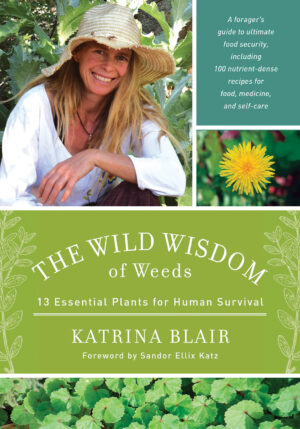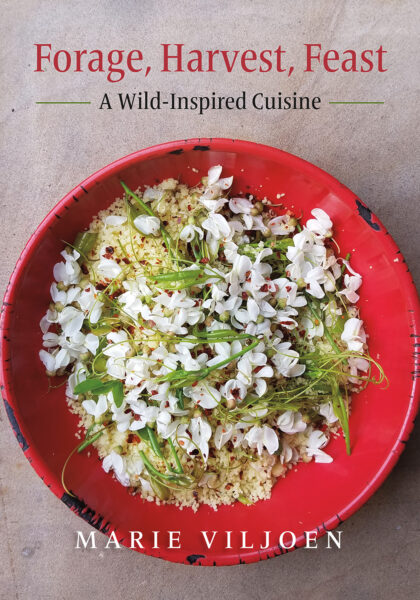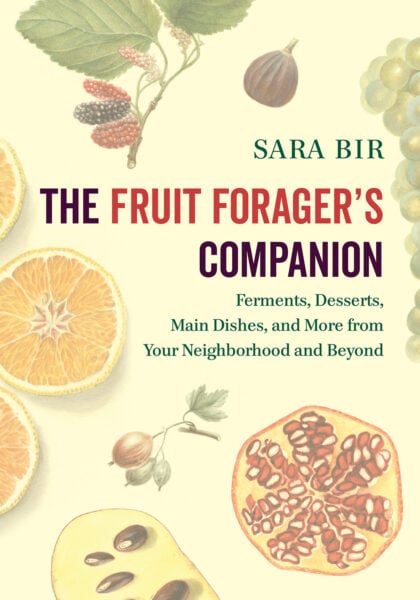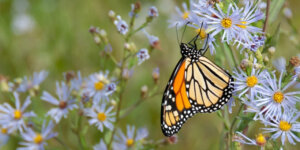Wild Edibles: 5 Tips for Beginner Foragers
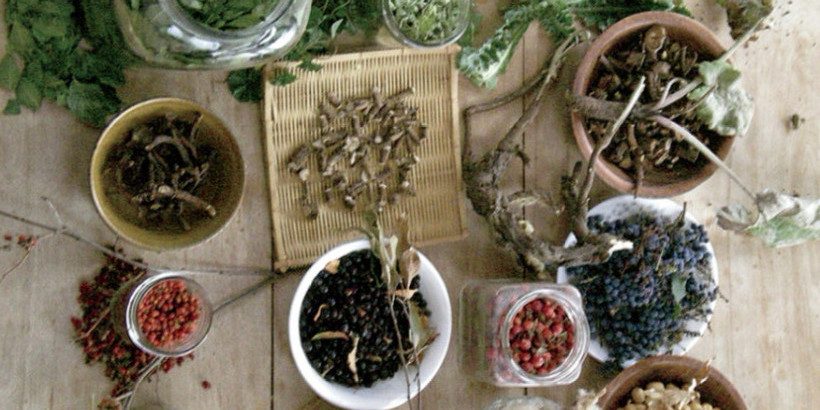
Ever spotted a dandelion growing in your backyard and wondered, can I eat that? According to wild plants expert Katrina Blair, the answer is a resounding yes. And there are plenty of other commonly found weeds that fall into this category as well. These nutritious “survival plants”, as she calls them, can be eaten from root to seed and used for a variety of medicinal purposes to achieve optimal health.
If you are new to foraging, below are a few beginner tips from Katrina Blair to get you started on your hunt for wild edibles. And, next time you are taking a walk around the neighborhood keep your eyes peeled for these thirteen plants: dandelion, mallow, purslane, plantain, thistle, amaranth, dock, mustard, grass, chickweed, clover, lambsquarter, and knotweed.
For more information on edible weeds and how Blair uses them for food and medicine listen to her interview on Sierra Club Radio. Or if you’re ready to eat now, check out her suggestions for how to use lambsquarter.
The following is an excerpt from The Wild Wisdom of Weeds by Katrina Blair. It has been adapted for the web,
5 Tips for Beginner Foragers
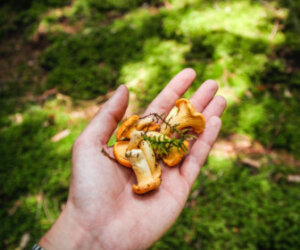
-
Ask for help. Seek the guidance of a local plant expert who can help you identify the subtle differences between various plant species.
-
Stay close to home. The wild plants that grow closest to where you live are the ones best adapted to support your ability to thrive in your current environment. Wild plants are extremely resilient and they help us embody those same qualities of excellence.
-
Be mindful. of where you harvest wild weeds. Use your observation skills to determine if an area may have been sprayed with herbicides or heavily fertilized with chemicals. If a plant is discolored or curls downward in an unnatural way it may best to harvest elsewhere.
-
Start off simple. Look for the common simple plants first that are easy to recognize like dandelions. Dice them up finely and add to your dinner salad along with something sweet like apple slices.
-
A little goes a long way. Wild plants are very potent so it is best to start by ingesting small amounts. Begin by nibbling a taste of a common wild edible plant and slowly introduce it to your body and taste buds.
Recommended Reads
Recent Articles
For too long, bugs have had a negative connotation associated with them. But what if we took the time to observe the benefits of insects? It’s time to rebug our gardens, lawns, and parks! The following is an excerpt from Rebugging the Planet by Vicki Hird. It has been adapted for the web. Adding Bugs:…
Read MoreAsparagus is a delicious vegetable with a layered history. How did this aspiring spear make its way from growing in the wild to appearing on our plates? The following is an excerpt from the The Seed Detective by Adam Alexander. It has been adapted for the web. “Nature gives us the key to every secret…
Read MoreChances are, you’ve seen cattails growing on the edge of your local lake or stream at least once or twice. Instead of just passing these plants, try foraging for and cooking them to create delicious seasonal dishes! The following excerpt is from The New Wildcrafted Cuisine by Pascal Baudar. It has been adapted for the…
Read MoreGarlic mustard: while known as “invasive,” this plant can be consumed in its entirety and has great nutritional value. Plus, the garlic-flavor is a perfect addition to any recipe that calls for mustard! The following are excerpts from Beyond the War on Invasive Species by Tao Orion and The Wild Wisdom of Weeds by Katrina…
Read MorePeregrine falcons, while known as predators, are essential to our environment. These stunning birds have a rich history, an interesting present, and an uncertain future. The following is an excerpt from Feather Trails by Sophie A. H. Osborn. It has been adapted for the web. Who Are Peregrine Falcons? Though relatively uncommon wherever it occurs,…
Read More

